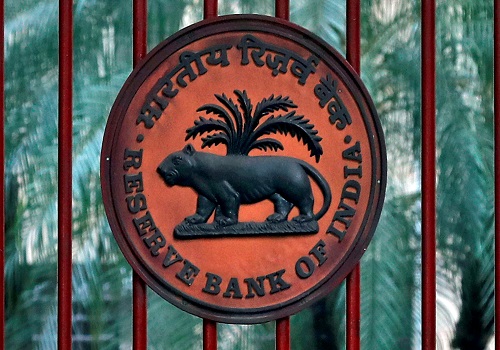Low private consumption key challenge in achieving over 8% growth: EY

Follow us Now on Telegram ! Get daily 10 - 12 important updates on Business, Finance and Investment. Join our Telegram Channel
Slow pace of private consumption demand, as well as the Covid-19 pandemic, are main constraints to achieving growth higher than 8 per cent in FY23, consultancy firm EY India said.
Containing Covid-19 including its emergent strains is going to be a "function of the coverage of vaccination and its intensity in terms of number of doses, including booster doses", it said.
"India may require extending the coverage to include children and providing for booster doses for frontline workers and the vulnerable segments of the population.
"On the economic and fiscal front, India would need in the medium term, a return to fiscal consolidation with a carefully recalibrated adjustment path and uplifting the saving and investment rates by 2-3 per cent points on average," it said.
As per EY India, with a view to laying down a strong foundation for 'Atma Nirbhar Bharat', the Centre had recently approved an outlay of Rs 230,000 crore as part of a comprehensive incentive program for developing under production-linked incentive (PLI) scheme, IT hardware, ACC battery, auto components, telecom and networking products and solar PV modules among other products.
"This will position India as a global hub for electronics manufacturing with an emphasis on production of semiconductors."
Besides, the RBI, in its December 8, 2021 monetary policy statement, left the repo and reverse repo rates unchanged while continuing its accommodative policy stance.
"Thus, the repo rate has been retained at 4 per cent since May 2020. With the monetary policy remaining passive with respect to both growth and inflation for long, the active policy support to growth has to continue to come from the fiscal side.
"The RBI has retained its assessment of annual FY22 real GDP growth at 9.5 per cent although it has revised downward, its 3Q growth estimate to 6.6 per cent from 6.8 per cent and 4Q growth estimate to 6 per cent from 6.1 per cent.
Furthermore, the RBI retained its annual CPI inflation estimate at 5.3 per cent while revising upward its 3Q projection to 5.1 per cent from 4.5 per cent and downward, its 4Q assessment to 5.7 per cent from 5.8 per cent.
At this, EY said: "Risk factors to growth pointed out by the RBI relate to potential resurgence in Covid-19 infections with new mutations and persisting supply side bottlenecks.
"Risks to inflation outlook include cost-push pressures from high industrial raw material prices, transportation costs, and global supply chain issues. The RBI recognized that recovery in private investment and private consumption are still lagging below their pre-pandemic levels."
According to the report, a noticeable difference between FY20, the pre-Covid year, and FY22, the current year, is the comparatively high growth and buoyancy of the Centre's GTR (Gross Tax Revenue).
In 1HFY22, the growth in the Centre's GTR at 64.2 per cent and buoyancy at 2.7 are significantly above the corresponding numbers in FY20.
"Growth in the Centre's GTR in 1HFY20 was only 1.5 per cent. In fact, there was a contraction of (-)3.4 per cent in FY20. In the face of such weak revenues, the Central government could not mount a meaningful fiscal stimulus in FY20 even as real GDP growth fell to 4 per cent.
"In contrast, the government is in a significantly stronger position in FY22. Thus, the key to attaining an annual real GDP growth of 9.5 per cent in FY22 lies in the government's ongoing emphasis on infrastructure spending as reflected in its capital expenditure."
This trend, EY said, is also seen in the high real GVA growth of 17.4 per cent in public administration, defence and other services in 2QFY22.
"It is imperative that this momentum is sustained in the remaining part of the fiscal year."












 320-x-100_uti_gold.jpg" alt="Advertisement">
320-x-100_uti_gold.jpg" alt="Advertisement">












